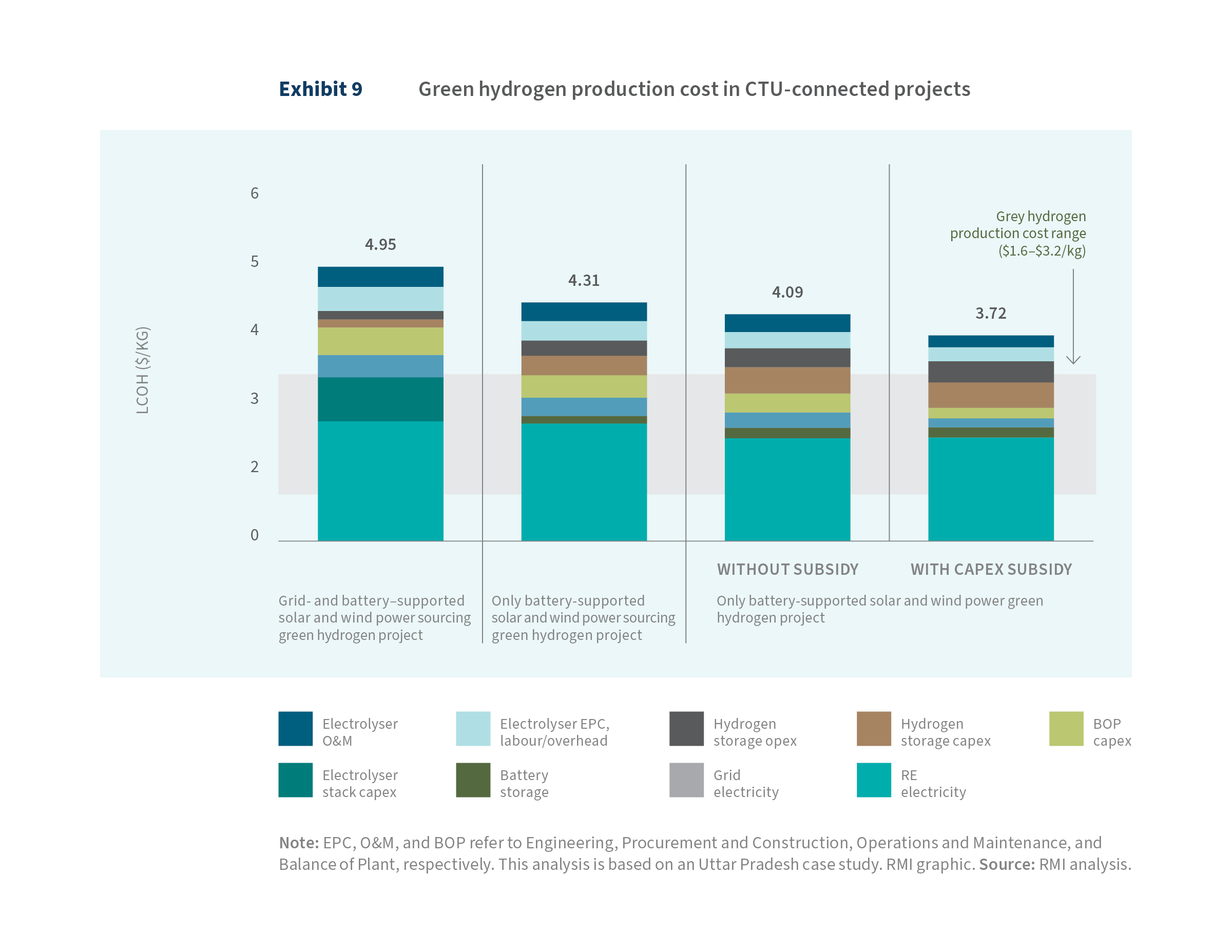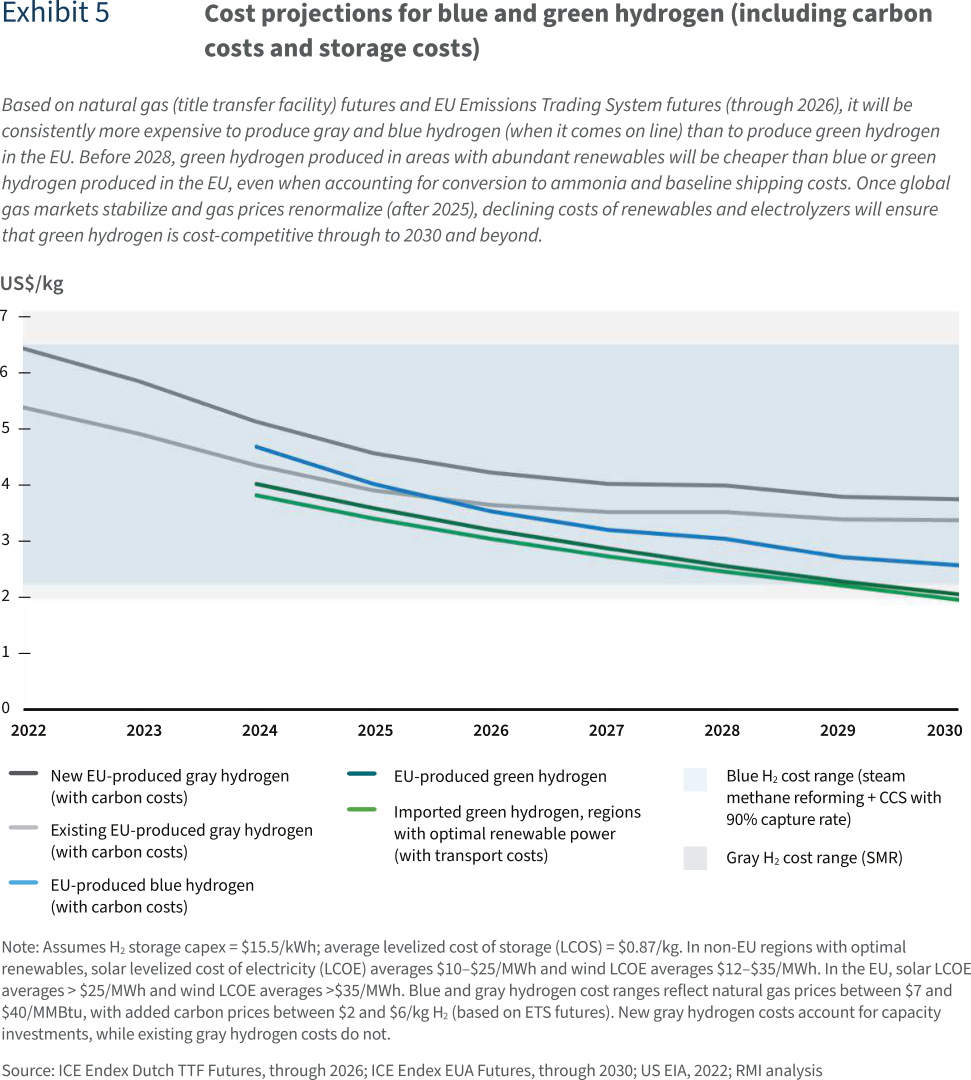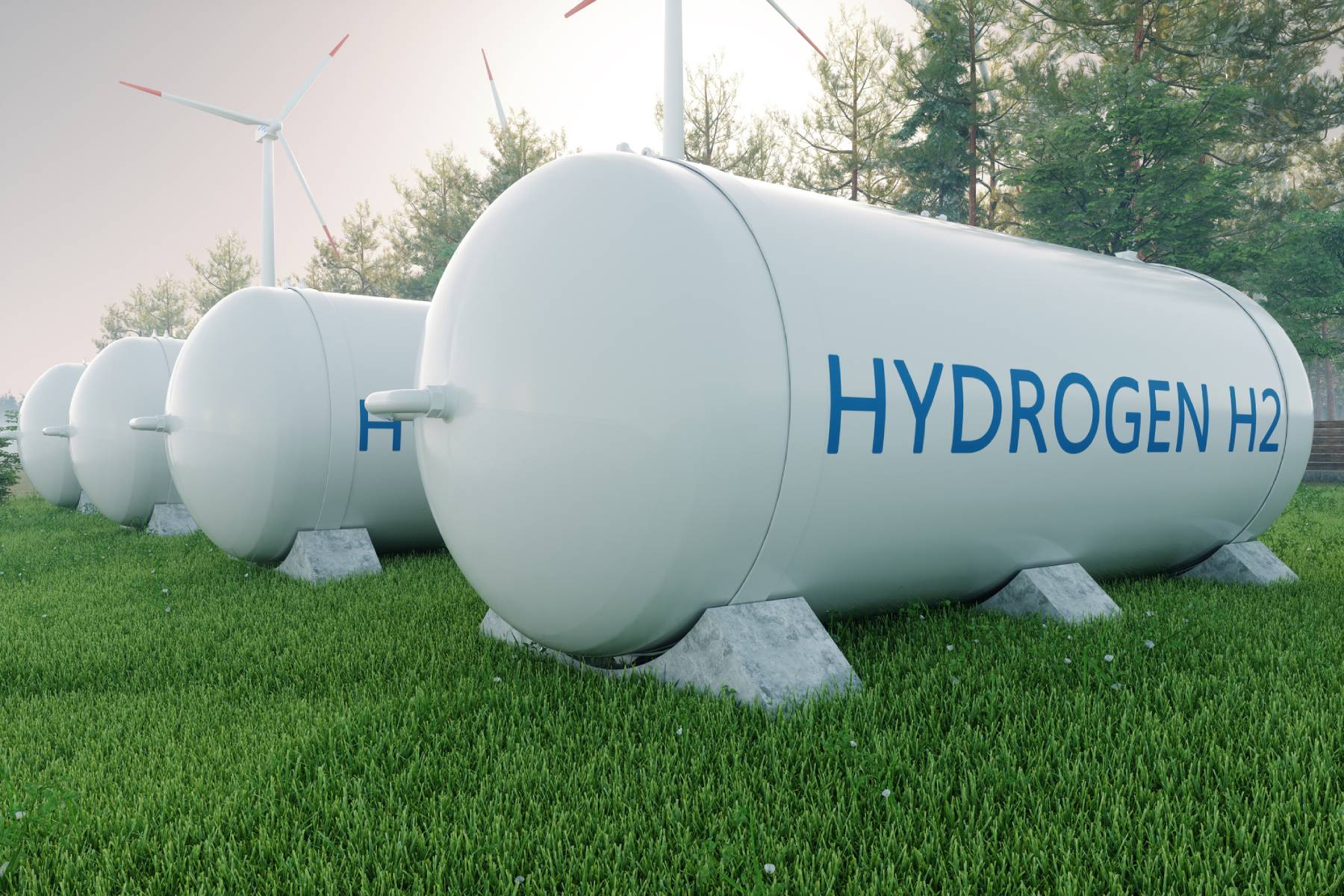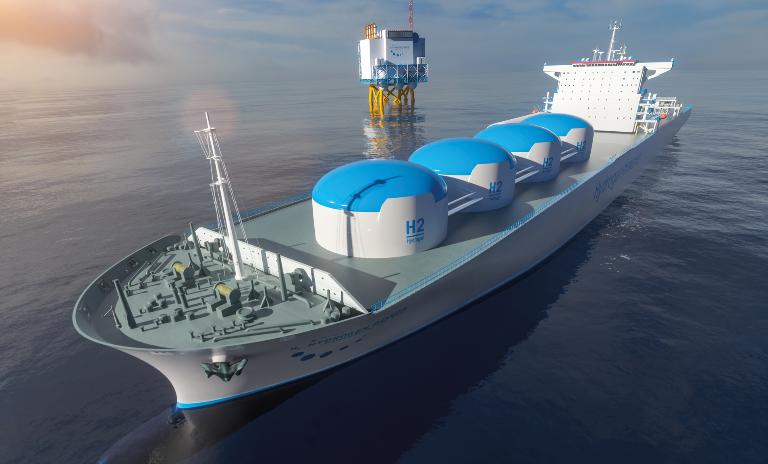Introduction
Green hydrogen is emerging as a pivotal element in the transition toward a cleaner, decarbonized energy system, offering an alternative to traditional hydrocarbon-based fuels[1]. In contrast to fossil fuels that rely on carbon-based compounds, hydrogen serves as an energy carrier that can be produced with minimal carbon emissions when renewable energy is used as the driving force[1]. With significant advances in production technologies, researchers and industry leaders are exploring methods to produce, store, and transport hydrogen efficiently along emerging supply chains that aim to support future market demands[1].
Production Pathways and Cost Overview
Hydrogen production can occur via several pathways, including electrolysis of water and natural gas reforming methods. When produced from water through electrolysis powered by renewable energy, the hydrogen generated is classified as 'green hydrogen' and excludes fossil fuel contributions[1]. In contrast, natural gas reforming—which is economical—produces what is termed as 'grey hydrogen' or 'blue hydrogen' when carbon capture technologies are applied, but these processes entail significant energy inputs and subsequent CO2 emissions if not mitigated[1]. Current cost estimates for producing pure hydrogen range between $2.50 and $6.80 per kilogram, though advancements in technology and increased economies of scale are expected to drive production costs downward over the next decade[1]. These production strategies are being closely monitored as they form the foundation for the scaling up of a full hydrogen economy.
Storage and Transportation Technologies
Hydrogen is characterized by its low volumetric energy density and small molecular size, which poses challenges for effective storage and transport. Compressing hydrogen into high-pressure tanks is one solution, exemplified by its use in fuel-cell vehicles where large, pressurized containers are required[4]. Another strategy involves liquefaction, wherein hydrogen is cooled to -253°C and stored cryogenically, a method widely used in space applications, yet noted for its complexity and high cost[4]. Geological storage methods, including using salt caverns, aquifers, and depleted oil fields, offer promising routes for storing large quantities of hydrogen while leveraging established infrastructure practices[4]. Additionally, materials-based storage that makes use of metal hydrides, such as those formed with palladium, and chemical carriers like ammonia, represent emerging technologies that could potentially offer higher volumetric energy densities and improved safety for long-term transport applications[4].
Market Dynamics and Policy Incentives
The cost dynamics of green hydrogen are accelerating rapidly as technological advancements drive the industry onto an S-curve of fast, beneficial, and inevitable scale-up. According to recent analysis, the green hydrogen market is approaching key tipping points where production costs are expected to decline by 50–60% by 2030, making it cost competitive with conventional fuels[3]. This transformation is driven by increased renewable capacity and strategic corporate investments that are supported by government policies and subsidy schemes in regions such as Europe, the United Kingdom, Germany, and the United States[3]. Policymakers are implementing measures including clear certification schemes and targeted financial incentives that help mitigate early market risks and stimulate demand across key sectors like steel, fertilizer, shipping, and aviation[3]. These combined efforts are set to propel green hydrogen from pilot projects to mass market adoption.
Regional Initiatives and Future Perspectives
Globally, the push for a hydrogen-based economy is being shaped by regional initiatives that integrate local production, storage, and consumption to optimize cost efficiency and reduce transportation requirements. In regions with abundant renewable resources, local production of green hydrogen is being coupled with tailored infrastructure solutions, such as advanced on-site storage pods and compressed gas systems, to minimize long-distance transport challenges[1]. In the United States, projects like the Advanced Clean Energy Storage Hub in Utah are pioneering the integration of renewable hydrogen production with large-scale storage implementations that involve salt caverns and liquefaction technologies, thereby creating robust supply chains[4]. Additionally, international collaborations and trade models are being designed with partners in regions that prioritize hydrogen for decarbonizing heavy industries and transportation, illustrating a concerted global effort to establish a comprehensive hydrogen economy[1]. With the ongoing improvements in renewable energy production and innovative storage technologies, the forecast for green hydrogen remains highly promising, with the potential to reach gigawatt-scale production capacity in the near future while offering substantial economic and environmental benefits[3].
Get more accurate answers with Super Pandi, upload files, personalized discovery feed, save searches and contribute to the PandiPedia.
Let's look at alternatives:
- Modify the query.
- Start a new thread.
- Remove sources (if manually added).





.png?itok=Omi-BjFD)
